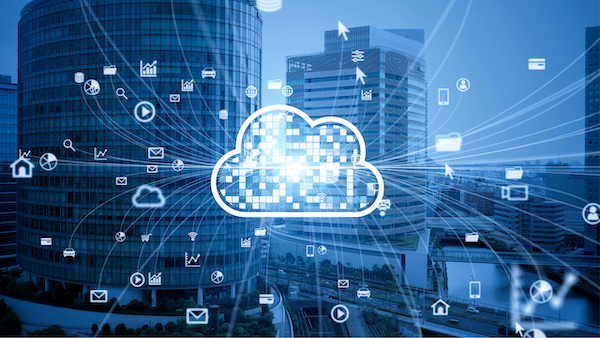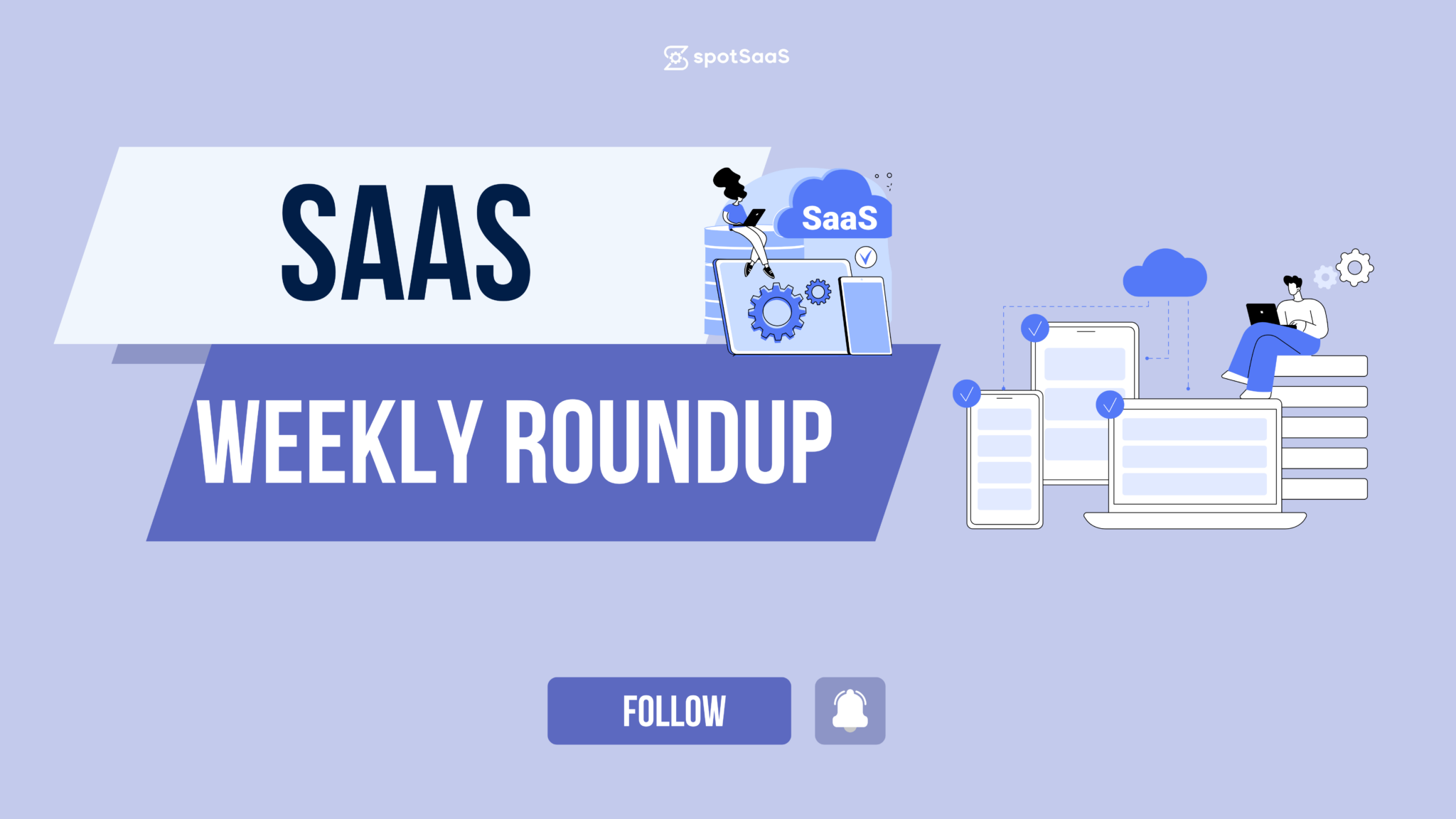Meta – In a highly digitalized environment, cyber-attacks and common scams can happen anytime and anywhere. This creates a need for SaaS business owners to safeguard their products and overall businesses by knowing the challenges and best practices around it.
The number of organizations using SaaS has increased in the last few years. SaaS security risks have also increased significantly. Data shows that the common risks are mainly associated with misconfigured software. Human errors and insider threats pose a great risk too. SaaS security best practices aim to minimize risks. Organizations can boost security by using various data security tools. IT professionals should create strict access controls and monitor data sharing. Prioritized security enhances data safety and provides visibility into noncompliance.

Why is it so important that data in SaaS is protected?
Data protection policies require organizations to respect individual rights to data. It requires companies to follow applicable guidelines when managing information. Data plays a significant role in business. It must be protected under laws like PDPO and GDPR. Different reasons make data protection in SaaS matter.
One of the top reasons is the need to comply with existing laws. These laws affect anyone handling personal data from any place in the world. Cases of data breaches and misuse destroy a company’s image. Customers lose trust in such an organization. The company loses its reputation and its competitive advantage is affected. The financial losses that might happen due to breaches might be unimaginable. These losses can be made worse by costly lawsuits and burdensome penalties. Additionally, understanding what is consent management and implementing proper consent processes are essential in ensuring that customer data is collected and processed legally, further avoiding legal complications. The importance of SaaS security cannot be ignored.
Investing in SaaS security is critical for your organization. Deal with computer safety before you deal with SaaS security. Invest in software for detecting and removing viruses from computers first. Additionally, ensure your MacBook is optimized to improve workflow speed. Optimization may involve cleaning the scratch disks on Mac or freeing up RAM. For temporary storage and better performance than before, keeping scratch disk optimized is something that you cannot ignore.
Key SaaS security threats
Cloud computing is a mainstream trend that is gaining speed quickly. SaaS is an important source of data for organizations. This data has attracted the attention of many hackers and identity thieves. These cloud-based solutions face many security threats today.
- Data loss: SaaS limits data visibility by organizations. Accidental deletion could cause permanent data loss. It could lead to a violation of existing information protection laws.
- Misconfigured security controls: IT personnel may omit or add information during configuration. This leaves security gaps that can cause serious threats.
- Compliance setbacks: Compliance laws keep changing and some of them are too complex. It is easy for an organization to fail to meet the benchmarks.
- Poor access controls: The lack of strong authentication protocols often leads to compromised account access.
- Insider threats: Some workers may deliberately support unauthorized access. This is a serious security challenge many companies deal with today.
SaaS security best practices
SaaS security includes the protection of private and corporate data. As the future of SaaS becomes brighter, the need to protect data is growing. These applications carry a lot of data from different sources. Security should be focused on the server, client, and internet sides. SaaS security best practices play an important role in this.
Monitor data sharing
In SaaS, it is crucial to monitor how data is shared. This should include sharing among employees, customers, and third parties. Monitoring ensures there is no unauthorized access and data leaks. Organizations should keep track of all data shared within and outside.
This way, data experts can spot vulnerable points and seal them. Data monitoring tools give a view of what users are doing with information. They help the IT department notice unusual activities or security leaks. Monitoring helps ensure companies are following data protection laws. It ensures the data is accurate and helps organizations develop a security culture.
Leverage AI for advanced threat detection
Organizations benefit more when they find and stop data threats before they happen. This can happen through the use of specialized software and approaches. Advanced detection helps identify threats that regular systems might miss. Specialized systems detect hidden malware and the latest threats.
Organizations use these systems to identify unusual activities by hackers. IT experts get alerts about possible attacks for quick action. Advanced AI systems consistently learn from data to improve their capabilities. Using them to predict threats boosts the security of entire systems.
Strong authentication and identity access management (IAM) policies
Organizations should prioritize strong authentication and IAM policies. Their goal is to prevent unauthorized data access. IT departments do this by requiring authentication beyond passwords. It requires users to include a code or biometrics to be granted access. IAM policies are guidelines and access processes. They help control who can gain access to specific apps or information.
This ensures only specific authorized people access certain information. One of IAM’s strongest components is multifactor authentication. Another component is role-based access control. This allows access based on a person’s job role. Organizations should upgrade IAM policies regularly. This improves data use and security habits.
Carry out regular risk audits
Organizations must keep their SaaS security strong. The system’s strength can be enhanced through regular checks. The goal of conducting these checks is to find security problems. The company can get solutions to the issue once detected. Companies look closely at SaaS security guidelines when doing these checks. They focus on the strategy to make sure all systems are working well.
When organizations detect risks, they focus more resources on the areas needed most. Security experts understand where the weakness is and the protections in place. These actions help organizations to stay prepared for any problems. It helps companies understand the latest guidelines and observe them.
Encourage employee education & awareness
In SaaS security, employee awareness focuses on software and data safety. Workers learn about the importance of SaaS security and the risks involved. Education is often done through multiple training programs. Workers learn about the evolving security threats and safety practices.
Continuous learning is necessary for keeping employees informed. They learn about the latest security policies and threat incidents. It helps workers learn to identify threats and take action.
Conclusion
Data protection in SaaS systems requires a multifaceted approach. The security strategies should address the potential threats and causes. Organizations should conduct regular security audits. IT experts should implement strong authentication and controlled access. Monitored data sharing and employee education should be prioritized. Organizations should ensure their entire systems and computers are safe.



